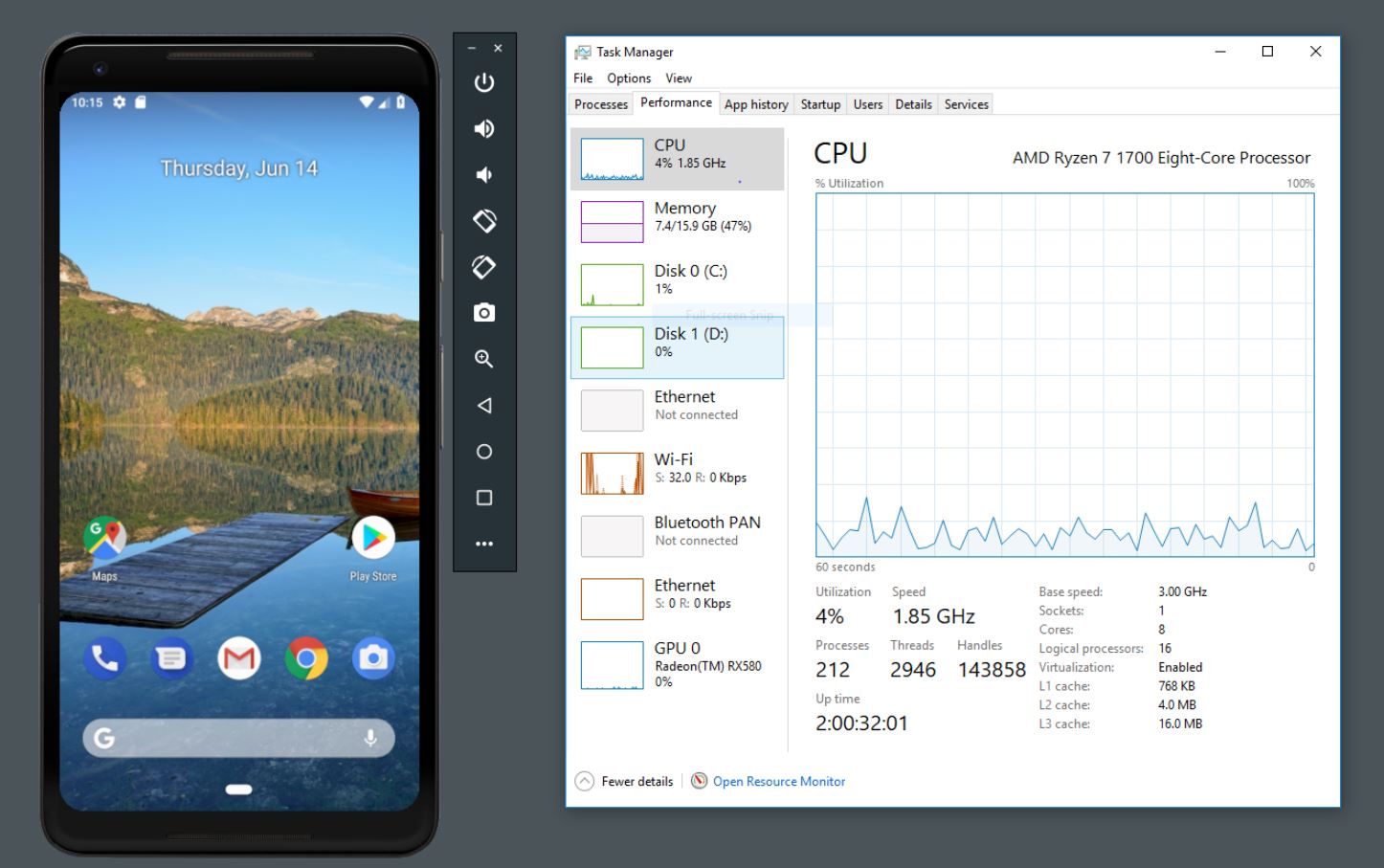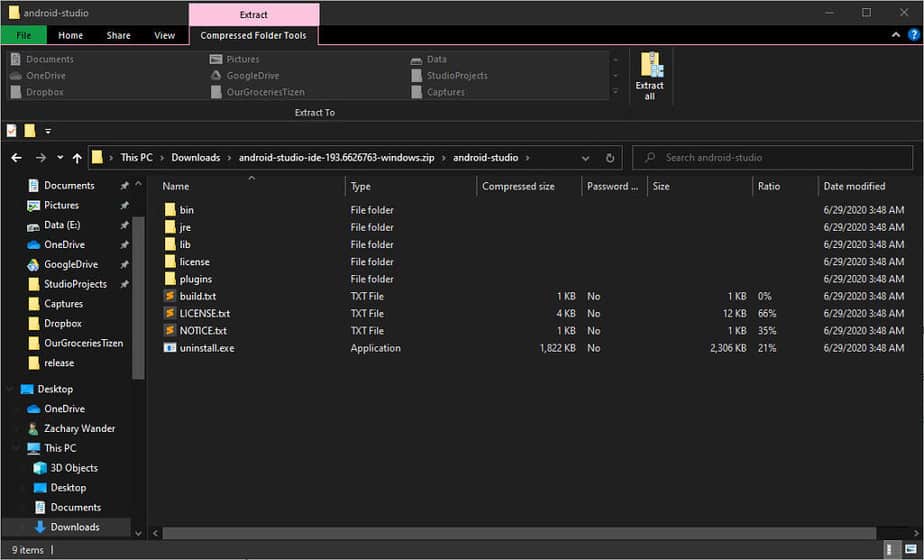

The best part is that running Android 11 using Android Studio is quite easy as well. Luckily, you can use the official Android Studio to set up an emulator to run Android 11. The problem with most of these is that they do not offer Android 11 yet. The next option is to set up an Android Emulator to run Android 11.īy now, you probably know that there are several Android Emulators out there to install and run Android on Windows 10. But then not everyone has a supported Pixel device.

The best way to try and test Android 11 is to install it on a supported Pixel device. There are currently two ways out there to try the Android 11 Beta. If you are a developer or an enthusiast, you might want to try the latest version of Android 11. The emulator starts up and also displays the default canvas for your selected OS version and device.Scheduled dark theme/mode, screen recorder, redesigned notifications, Apple’s Airdrop-like file sharing, new APIs, new media player, message bubbles, new power menu, new recent apps screen, and one-time permissions are the prominent features of Android 11. In Android Virtual Device Manager, click Run in the toolbar.Verify the AVD configuration is correct, and also select Finish.įor details on the above steps, see Managing AVDs.Under Emulated Performance, select Hardware – GLES 2.0 to enable hardware acceleration.Select one or more system images for the Android versions you want to emulate, and select Next.Select Next after Choose a device definition.If you do not have a project open, you can choose Configure > AVD Manager and also select Create Virtual Device….

(The Android submenu is only present when inside an Android project.)


 0 kommentar(er)
0 kommentar(er)
